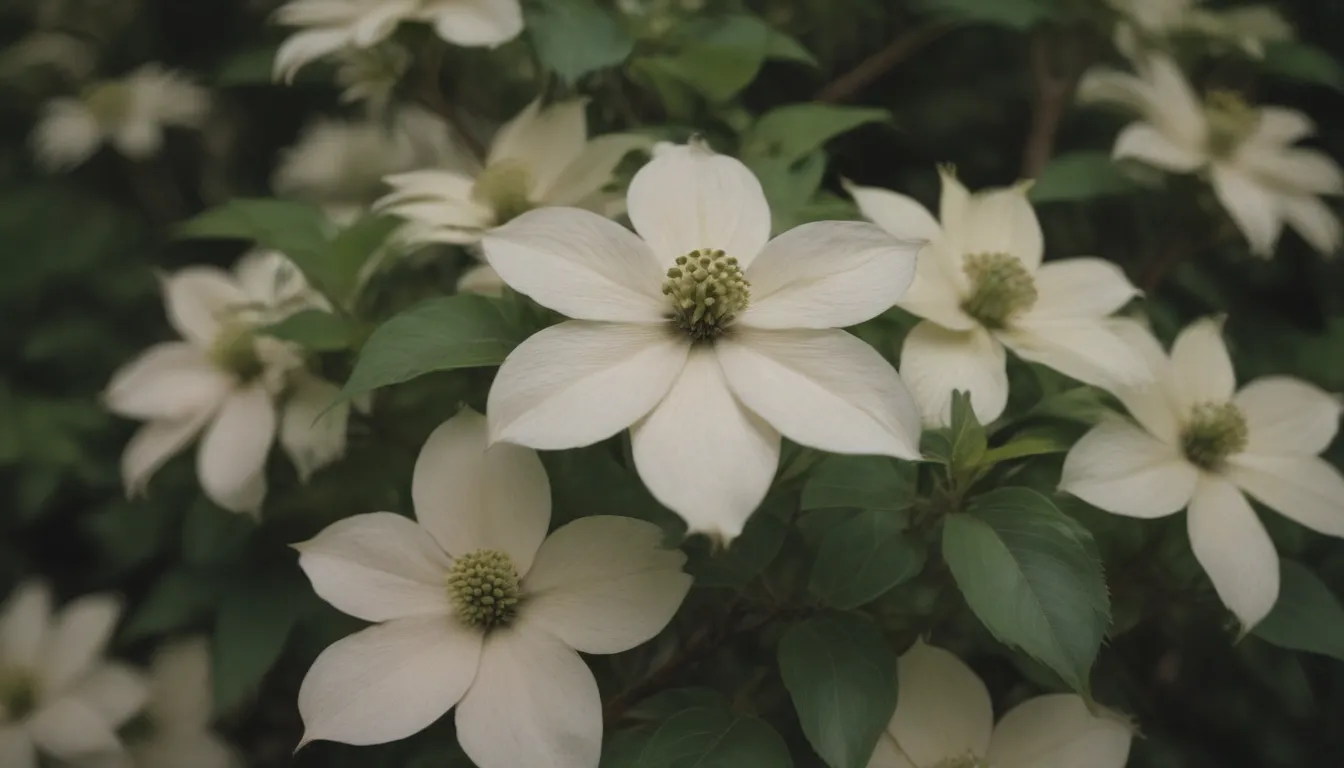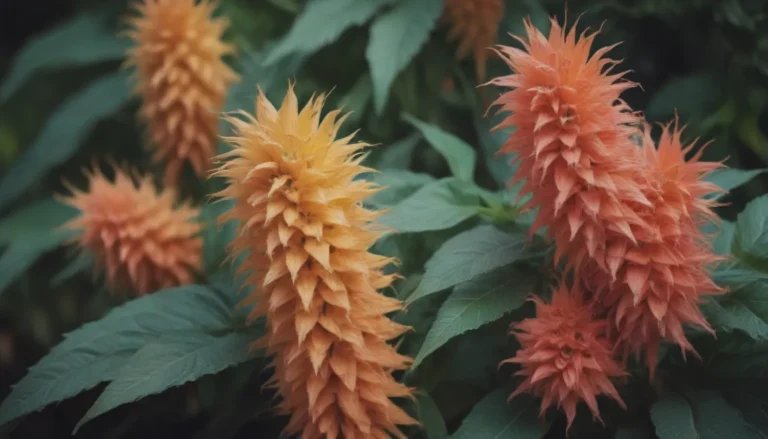The Ultimate Guide to Growing and Caring for Silky Dogwood

Silky dogwood (Cornus amomum) is a charming deciduous shrub native to wild, wet areas in the eastern United States. With its unruly growth habit and dense thickets, this shrub thrives best in informal gardens where a manicured look is not necessary. Named for the silky hairs on the underside of its leaves, this shrub offers a host of benefits, from erosion control properties to attracting butterflies, birds, and bees with its spring flowers and later berries. With pretty fall foliage and burgundy-colored winter bark, the silky dogwood is a versatile and attractive addition to any landscape.
Benefits of Silky Dogwood
- Erosion control properties
- Attracts butterflies, birds, and bees
- Pretty fall foliage and winter bark
Growing Conditions
Silky dogwood thrives in well-drained, moist acidic soil and can tolerate all light levels. It prefers cool, moist roots in the summer, with a layer of mulch to protect the rootbed.
Silky Dogwood Care
Light
While silky dogwood does best in part sun, it can tolerate full shade and full sun with plenty of water to keep the soil moist in full sun positions.
Soil
Growing in slightly acidic soil (pH 5-7) that is well-drained and rich in organics will help the shrub thrive and produce abundant blooms, fruit, and color.
Water
Watering is essential for young plants until they are established. Newly planted shrubs should be watered weekly and deeply for the first year. Once established, they do not require extra water unless facing drought or in full sun.
Temperature and Humidity
Silky dogwoods are frost hardy and thrive in USDA zones 5-8. Protection from high temperatures in summer is beneficial, as the shrub does not tolerate drought well.
Fertilizer
No need to fertilize this shrub, as it will grow well on most soils. If the soil pH is high, an amendment can be added to increase acidity. However, due to its role as a food source for pollinators, fertilizers and amendments are not recommended.
Types of Silky Dogwood
- C. amomum ‘Indigo’
- Cornus obliqua
- Red-osier dogwood (Cornus sericea)
Pruning
Regular pruning is essential to maintain the health and appearance of the silky dogwood. This helps to promote new growth, denser growth, and shape the shrub. Heavy pruning is best done during the dormant season or early spring.
Propagating Silky Dogwood
Silky dogwood can be propagated through layering, cuttings, and seeds. Layering and cutting are the quickest methods, with layering being the easiest.
How to Grow Silky Dogwood From Seed
Silky dogwood seeds can be collected in the fall and sown directly outdoors or cold-stratified in the refrigerator for 12 weeks before starting indoors.
Overwintering
Cold hardy down to USDA zone 5, silky dogwood drops its leaves in the fall and goes dormant. It generally handles winter weather well.
Common Pests and Plant Diseases
Silky dogwood is generally resistant to pests and diseases but may occasionally face scale insects, borers, and leaf miners. Neem oil is a good organic method for handling these pests. It is also deer resistant.
How to Get Silky Dogwood to Bloom
Avoid using high-nitrogen fertilizers near the shrub to ensure proper blooming. Nitrogen can reduce flower production in favor of leaf growth. Adequate water and the right soil conditions are essential for flowering.
Bloom Months
Silky dogwood blooms in May and June.
How Long Does Silky Dogwood Stay in Bloom?
Flowers remain in bloom for about 10 to 14 days.
What Do Silky Dogwood Flowers Look and Smell Like?
Tiny creamy-white flower clusters with a sweet honeysuckle fragrance.
Common Problems With Silky Dogwood
- Browning leaf edges: Indicative of dry conditions, ensure adequate moisture.
- Leaves turning red: Can be a sign of stress or disease, provide water to alleviate stress.
The silky dogwood is an excellent choice for stabilizing slopes and managing erosion, especially when combined with other plants. Its ornamental uses make it a versatile addition to any garden, providing interest throughout the year.
In conclusion, with its ease of care, attractive features, and ecological benefits, the silky dogwood is a valuable addition to any landscape. From its erosion control properties to its wildlife-attracting blooms, this shrub offers something for every gardener. Give it a try in your garden and enjoy the beauty and benefits it brings.





